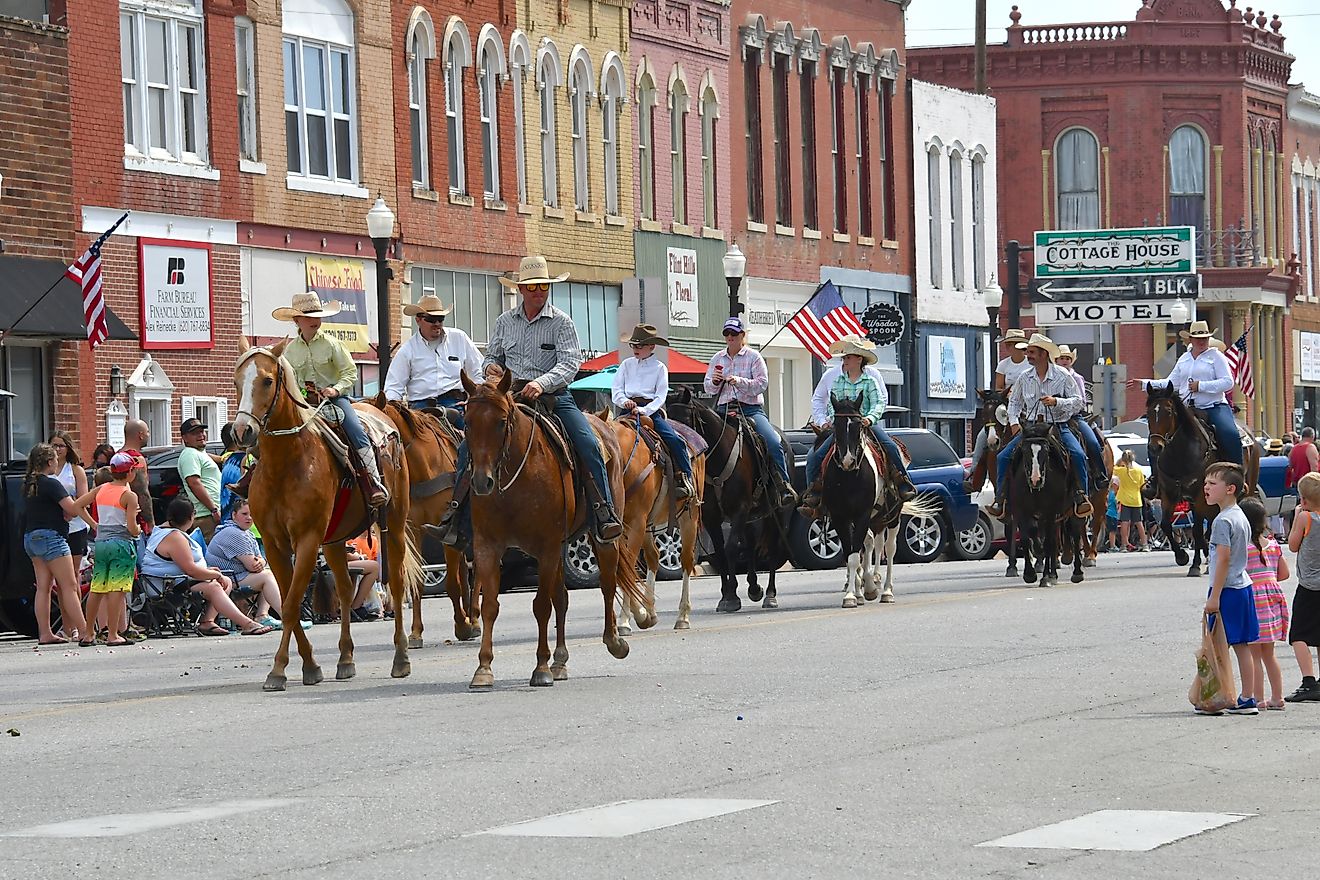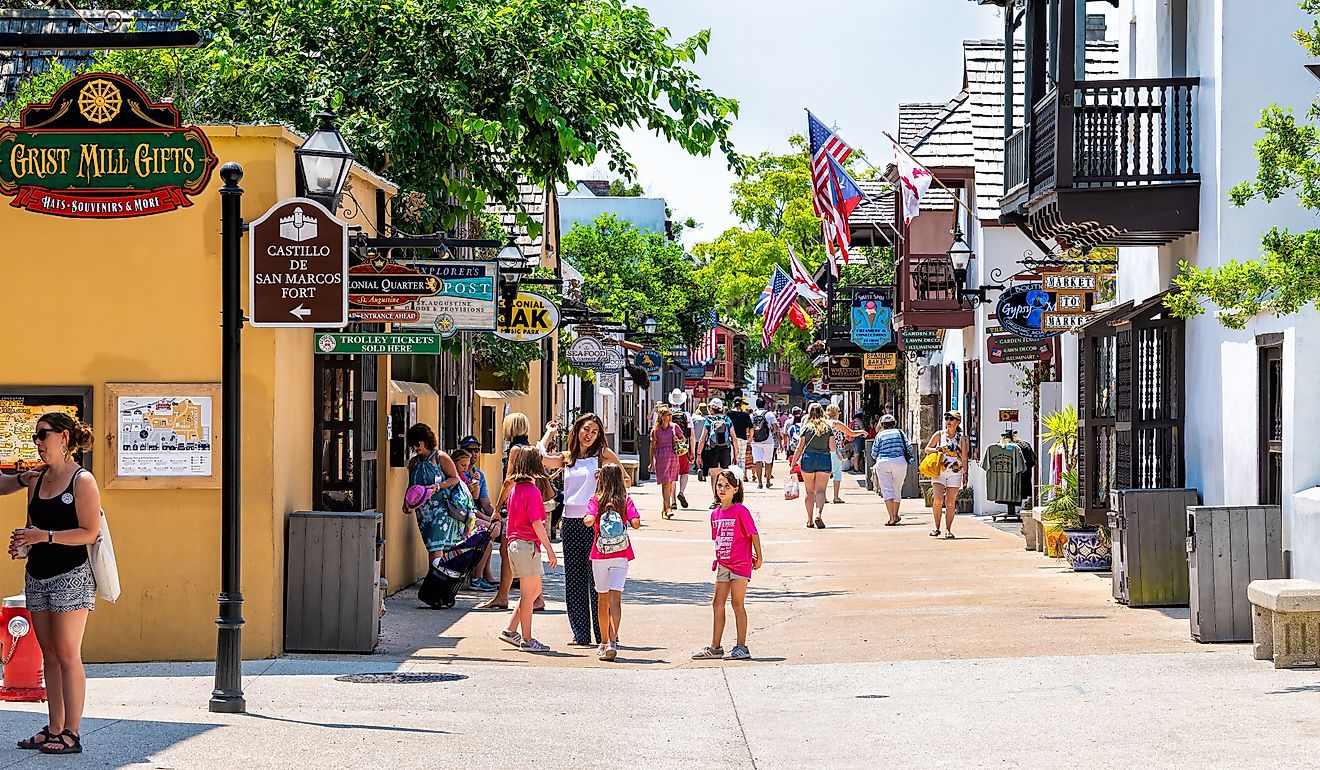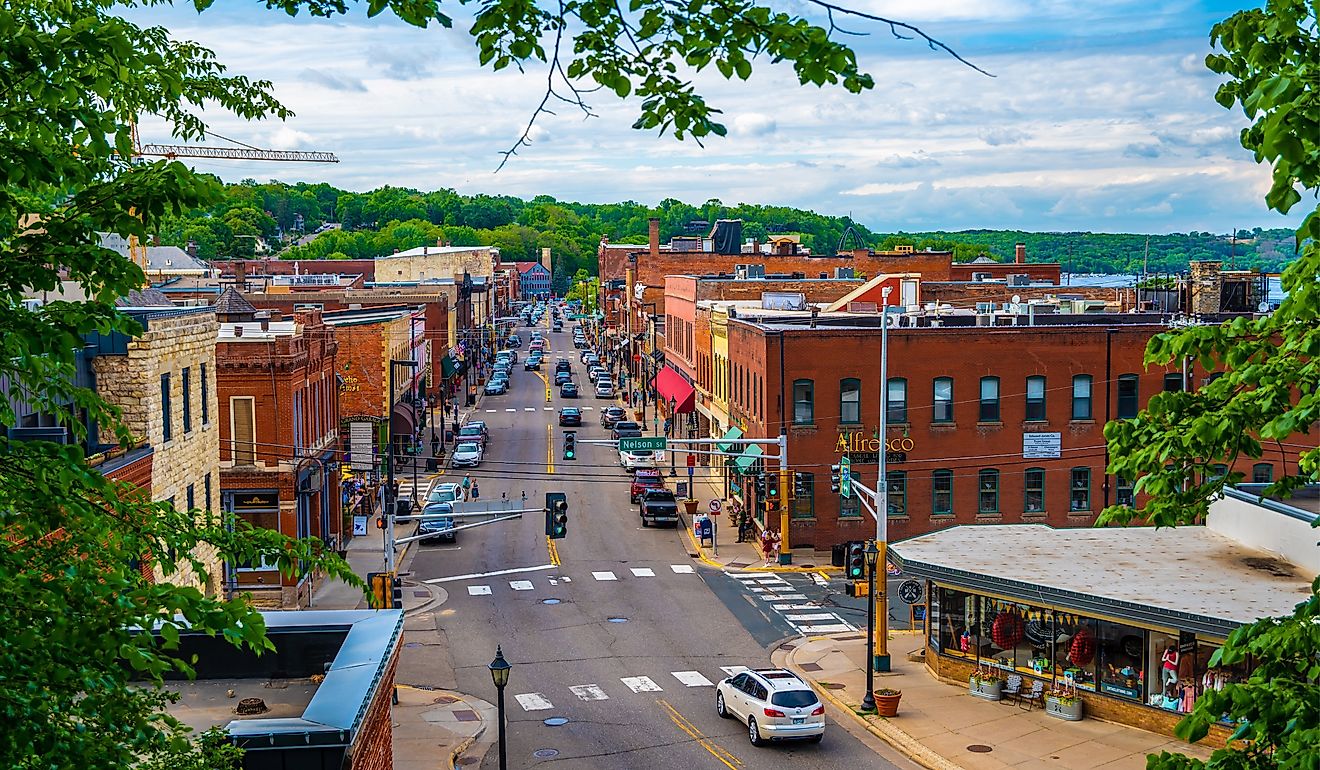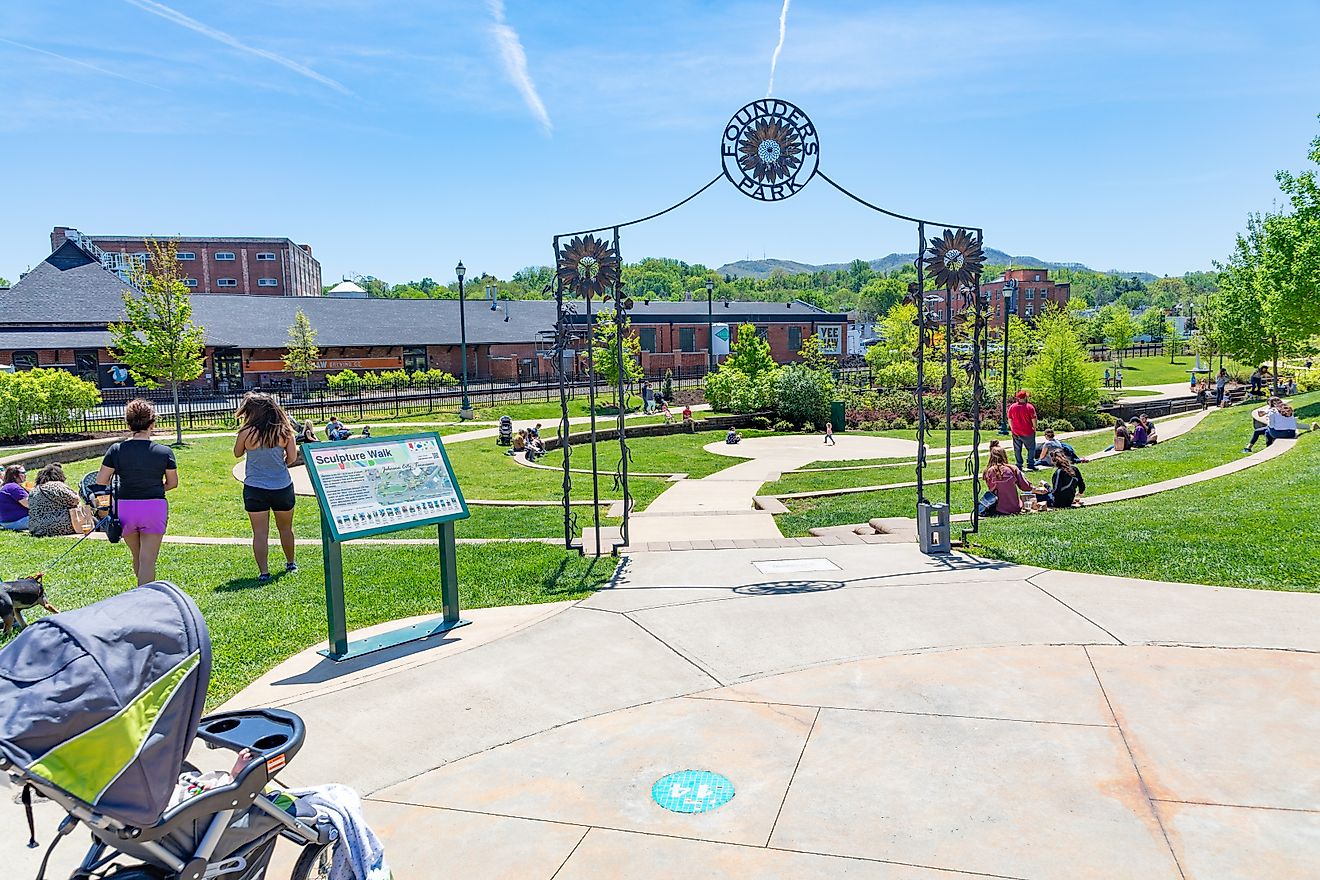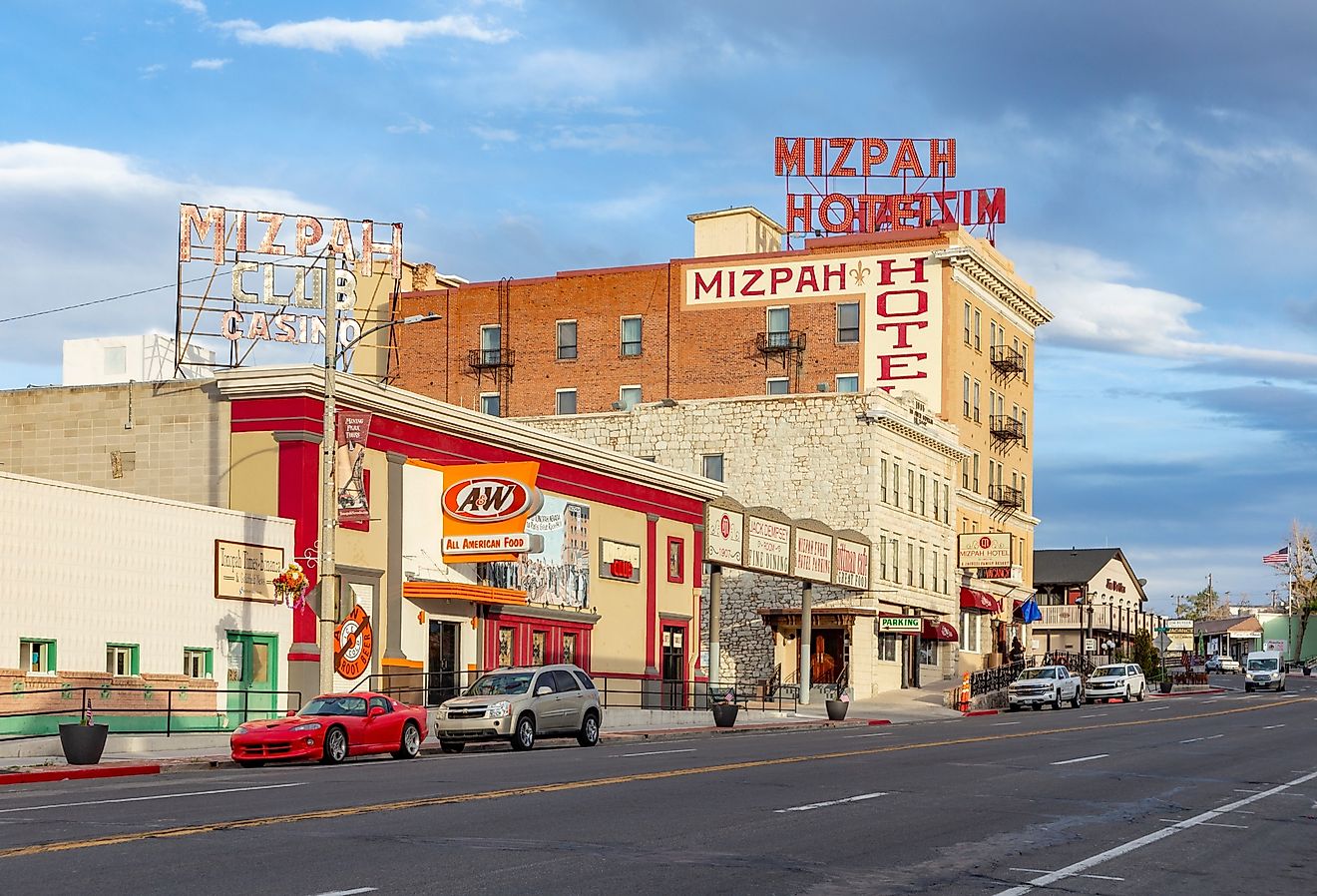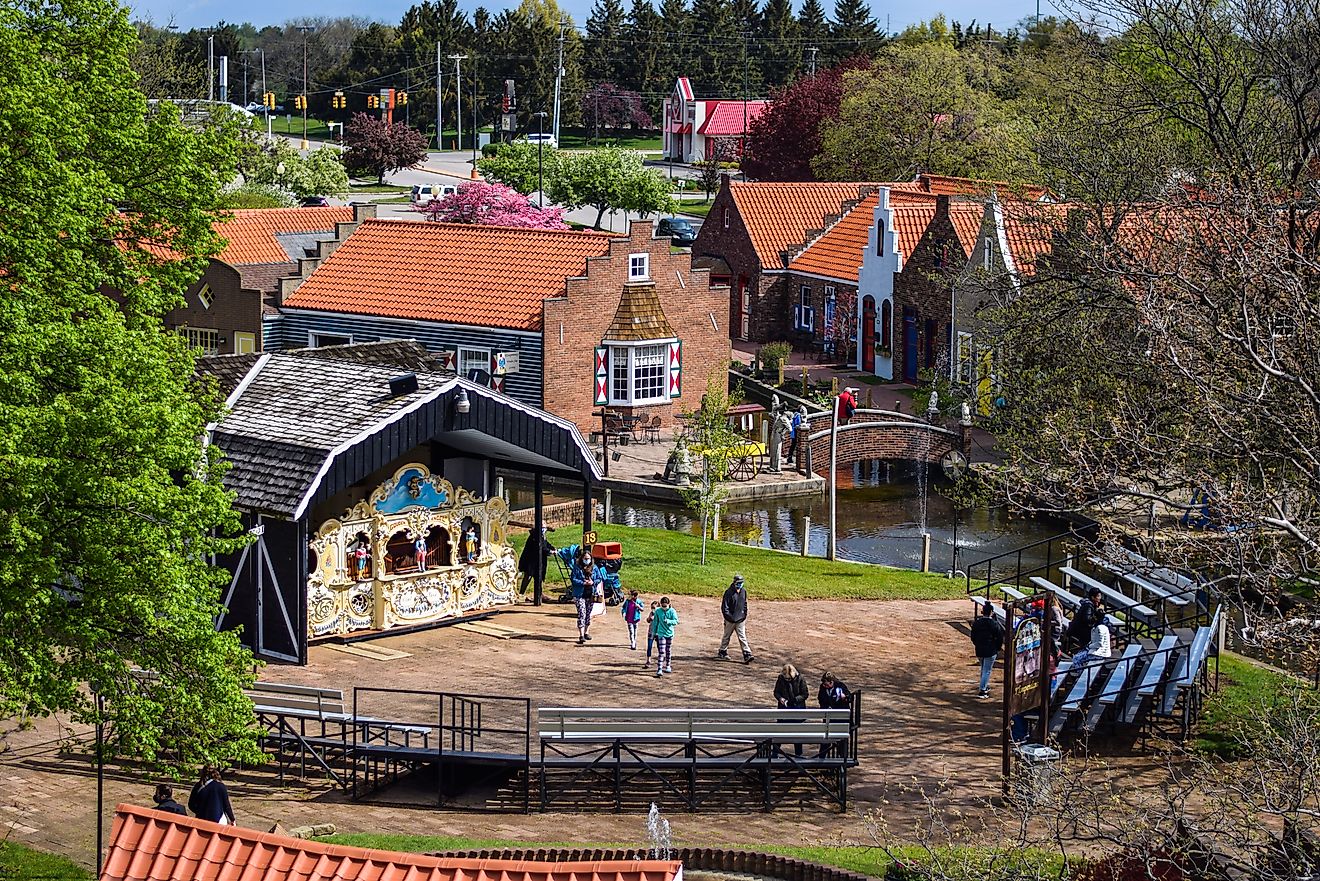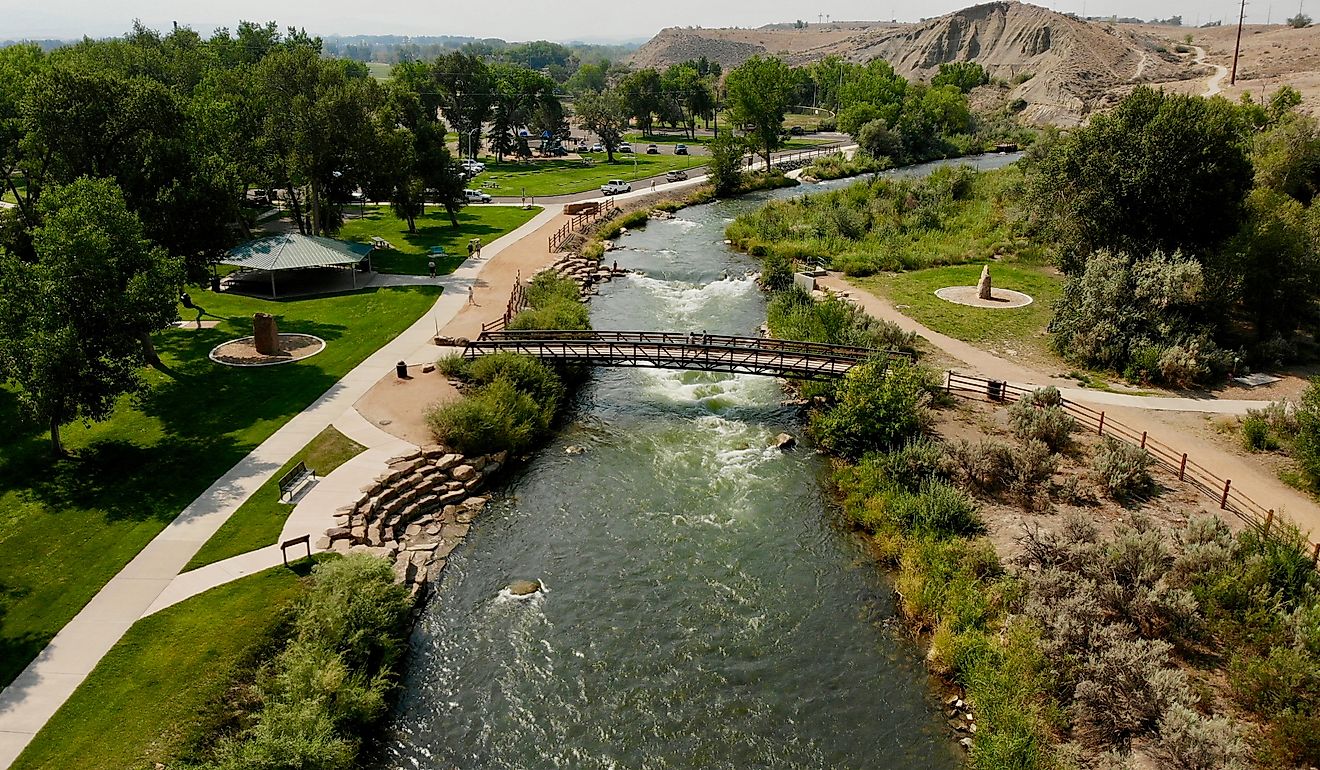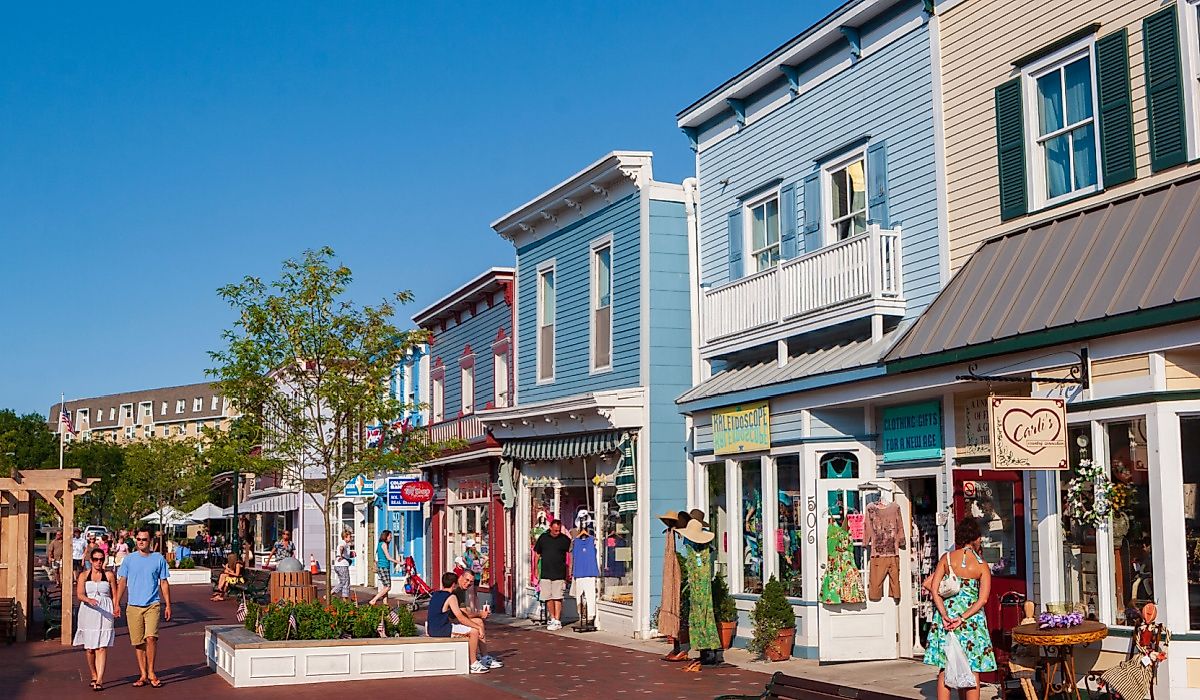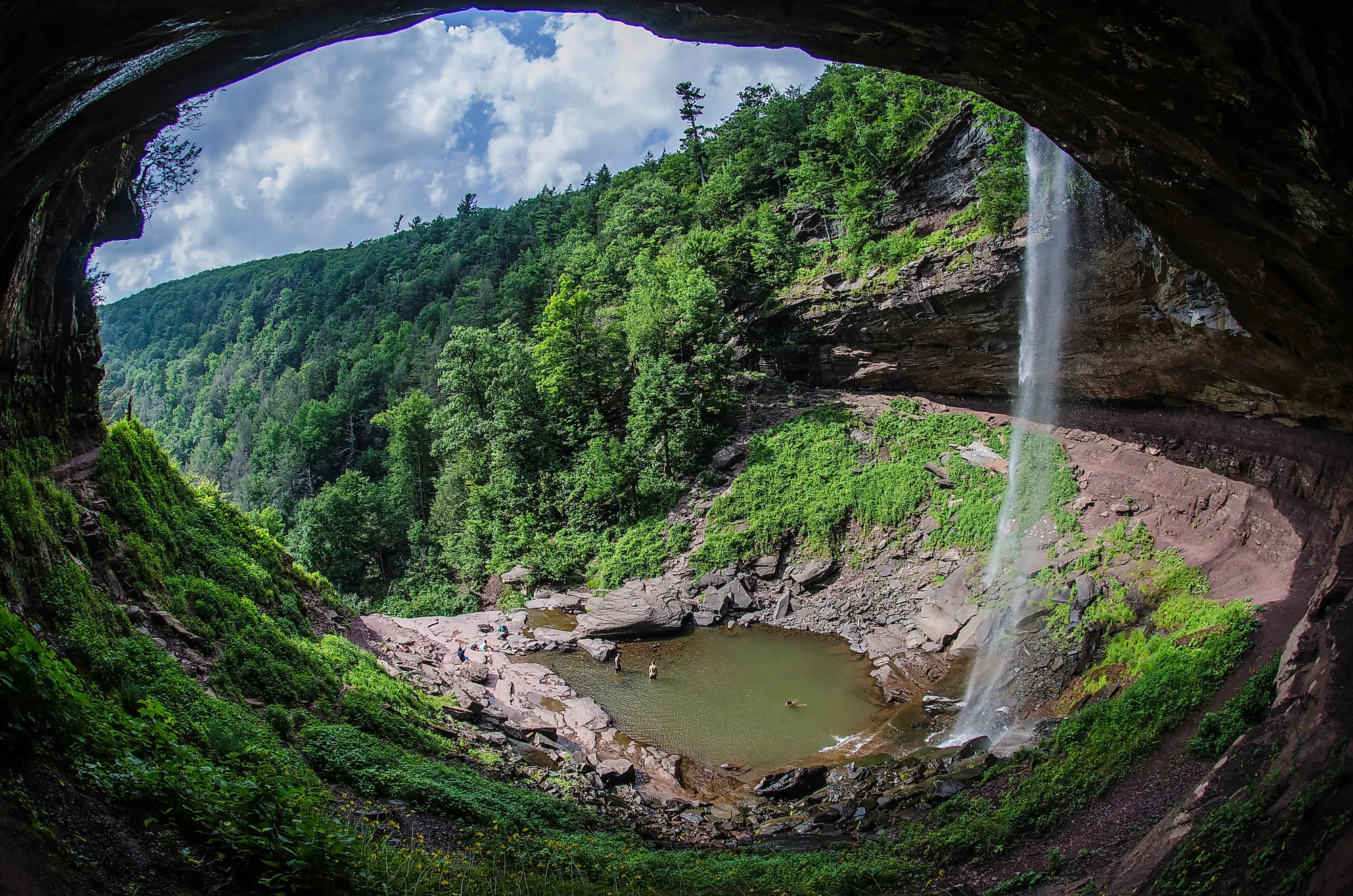
Kaaterskill Falls
Kaaterskill Falls is a 79-meter waterfall in Kaaterskill Wild Forest of New York, United States. The waterfall is situated in the eastern part of the Catskill Mountains that is placed between the hamlets of Palenville and Haines Falls in New York’s Greene County. The Catskill Forest Reserve that encompasses the Kaaterskill Falls, makes it an attractive destination for outdoor activities. In addition to being one of America’s oldest touristic attractions, the waterfall holds a lot of historical, cultural, and artistic significance as it was depicted in books, essays, poems, and paintings in the early 19th century. Moreover, Kaaterskill Falls is known as the tallest double-tiered waterfall in New York and also one of the tallest waterfalls in the Eastern United States.
Geology
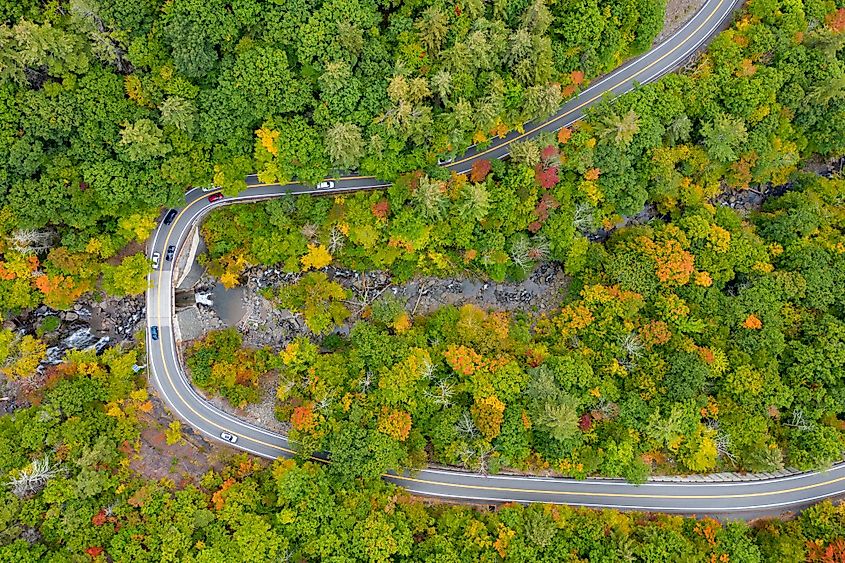
The Kaaterskill Falls, along with its clove and creek, are geologically young relative to the Catskills area. At the end of the Illinoian Stage, the components of the waterfall evolved via a process called stream capture. This occurred when the melting waters that created the North-South Lake began to drift away from Schoharie Creek’s headwaters and flowed down into the newly formed clove. These rushing waters are now known as Spruce Creek and their action resulted in the erosion of a natural amphitheater on the southern slope of South Mountain. Being a two-stage waterfall, the upper cascade accounts for most of the waterfall’s drop. Manorkill Sandstone that was formed in the Middle Devonian period is the shelf that divides the two drops and creates a pool between them. Shales, conglomerates, and sandstones formed the rocks and were found close to the Kaaterskill Falls, its clove, and North-South Lake. Initially, these rocks were of sand, mud, and gravel. These sediments were carried by rivers into New York after being eroded from a great mountain range in New England during the Devonian period between 387 and 384 million years ago.
History
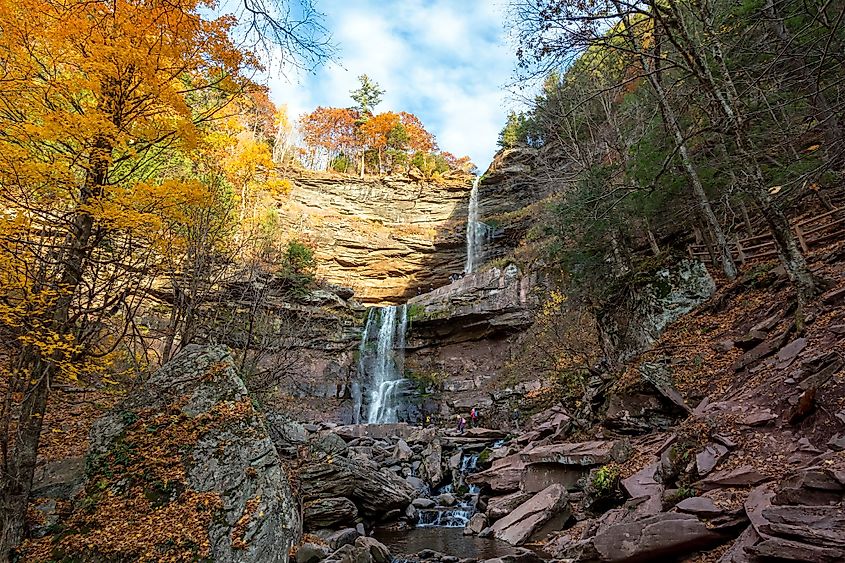
Before the European colonization, the falls were of little significance to the Native American tribes of the Hudson Valley due to the limited agricultural importance on the high elevations of the Catskill Mountains. However, the tribes used the mountain for their daily hunting. The falls’ name has been derived from the name “Catskill” by the English-speaking colonists of the 18th century; where “Cat” referred to Bobcat or Mountain Lion, while “Kill” is a Dutch term for the stream. One of the earliest Catskill travelogues titled “A Journey to Ye Cat Skill Mountains with Billy” was documented by the early American naturalist John Bartram’s visit to the falls in his 1753 expedition. As Bartram proclaims, the falls “are the great gulf that swallowed all down”.
Cultural Significance Of The Kaaterskill Falls
In addition to being a natural touristic hotspot and a historic recreational destination, Kaaterskill Falls has been a source of inspiration for artists and writers. In the early 1800s, New York’s Catskill mountains were still regarded as fearful, unsafe, and populated by savage Native Americans. However, the perspective changed after the War of 1812 as the frontier shifted west, and visitors were becoming increasingly attracted to the natural beauty of the area. Washington Irving’s depiction of the cascading water in his 1819 novel “Rip Van Winkle” played a significant role in garnering attention to the Falls. His depiction lured other artists to the area, such as Thomas Cole of the Hudson River School of Art. Irving’s depictions inspired Cole’s first trip to the area, in which he took a stream boat up to the River Hudson and ventured into the Kaaterskill Clove during October 1825. Cole’s subsequent painting about the trip deemed Kaaterskill Falls as the wilderness ideal for landscape art. These paintings also inspired the first real generation of truly American artists who developed an aesthetic heavily influenced by the beauty of the area and a whole trip to the Clove or the Falls seemed like a pilgrimage. William Cullen Bryant complemented Coles’ work when he wrote the poem “Catterskill Falls”, in which he described a commonly seen phenomenon at the Falls—the formation of an ice column during cold stretches of winter. Other artists who drew paintings of the falls included Frederic Edwin Church, Sanford Gifford, Winslow Homer, Max Eglau, and John Frederick Kensett. By the mid-19th century, their art played a vital role in attracting visitors to the falls and the hotels nearby Catskill Mountain. Another prominent depiction is that of Asher Durand’s “Kindred Spirits”, a stylized rendition that eulogized the deceased Thomas Cole by depicting him and William Cullen Bryant standing over a landscape that overlooks the falls.
There is a worn engraving on a tablet hewn in the face of a rock beside the Falls that is dated to 1868, located on the left side of the falls, halfway between the middle and top level. This engravement is dedicated to a dog named Vite, the “Bayard of Dogs”, who died trying to reach his master at the bottom of the falls. Since then, the Falls have been associated with the “Bayard of Dogs” legend, which says that one can hear ghostly barks and howls at the Falls on the anniversary of Vite’s death.
Visiting The Kaaterskill Falls
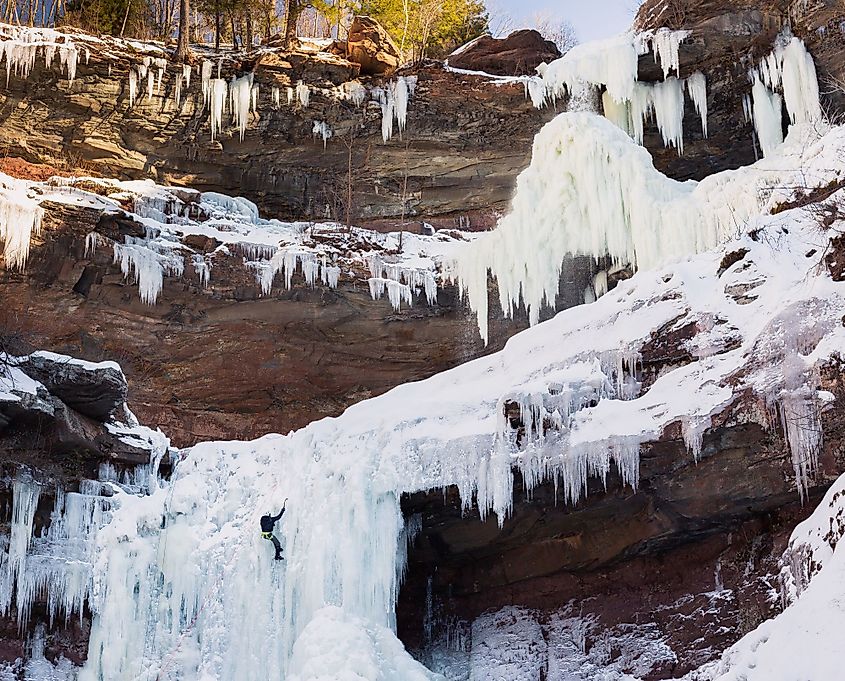
Visiting the Falls has become safer and better due to the recent enhancements that connect the falls’ lower and upper tiers via new trails. A new viewing platform allows hikers to savor the view from a vantage point that wasn’t accessible earlier on. Moreover, a major advantage of visiting the Falls is that they are connected with other nearby natural destinations via an extensive trail system, such as Inspiration Point. The North-South Lake is up the road from the upper part of Kaaterskill Falls trailhead, and it features many activities such as swimming, boat rentals, campsites, and picnic pavilions.
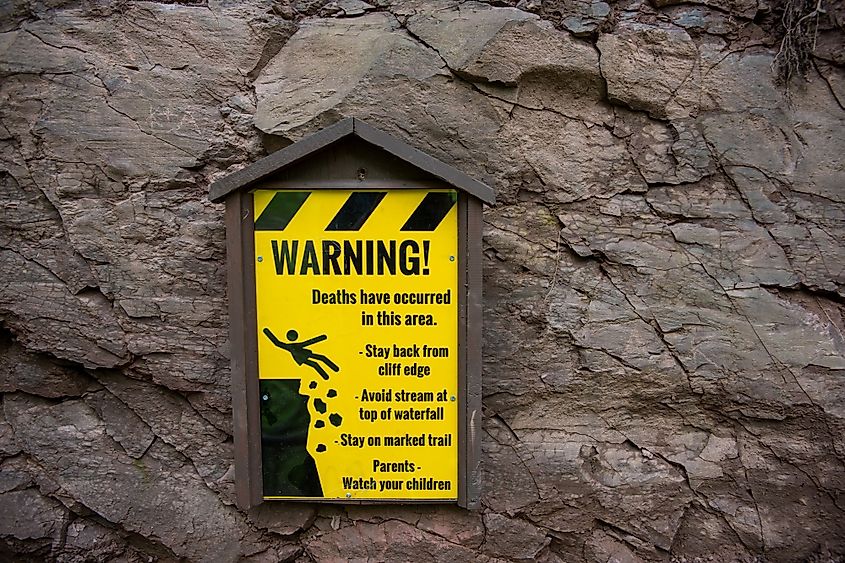
650 meters uphill from New York State Route 23A, the Kaaterskill Falls trail leads to the Falls. This trail is state-maintained, and it is the only road that goes through the Clove. However, there are several safety concerns that any visitor must be familiar with. Visitors need to be aware of the trail’s steepness and the rocky slopes alongside the creek which they might encounter. While not all visitors may notice, the location of the upper falls' amphitheater's rim is dangerously high, and the bedrock is rather fragile. In 2011, two deaths caused the state to design a safer trail with stone steps and protective fencing.
